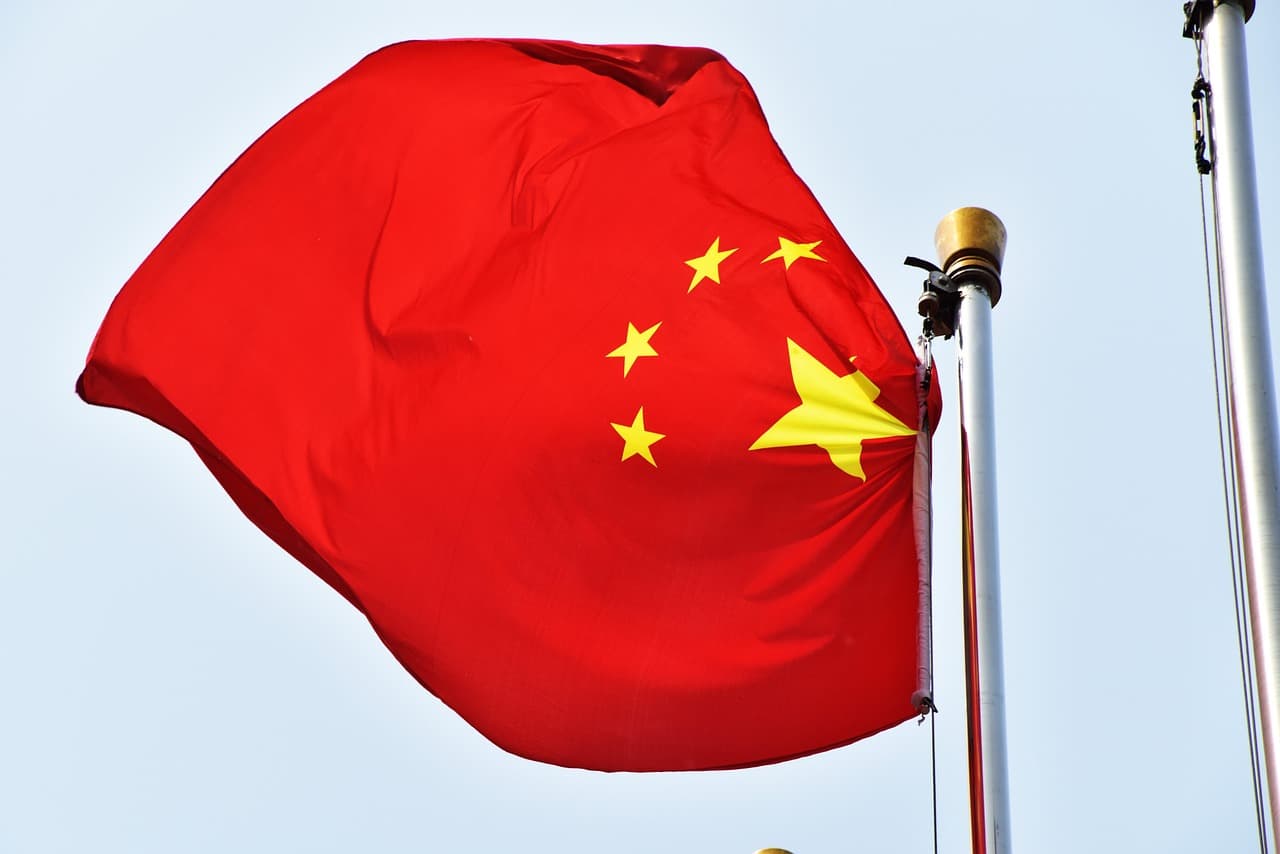
China Tariffs Cut by 10% as US and China Strike Landmark Trade Deal
Latest China Tariff News (November 2025): The US and China have reached a major trade deal that cuts import tariffs by 10%, suspends Chinese retaliation, and reopens markets for US agriculture and technology. The agreement aims to stabilize global trade and ease supply chain pressures between the world’s two largest economies.
A Turning Point in Global Trade Relations
The latest China tariff news confirms a major breakthrough between the United States and China. Following high-level negotiations in South Korea, President Donald Trump and President Xi Jinping announced a historic economic and trade agreement on November 1, 2025. The deal delivers a 10% reduction in US tariffs on Chinese imports and includes sweeping commitments from both countries to ease trade restrictions and restore market stability.
This marks one of the most significant resets in US–China trade relations in recent years. The agreement seeks to protect American workers and manufacturers while addressing long-standing supply chain challenges caused by the ongoing tariff standoff.
China’s Commitments Under the Deal
China has agreed to suspend its wide-ranging export controls on critical minerals such as rare earth elements, gallium, germanium, and graphite. These materials are essential for producing semiconductors, electric vehicles, and defense technologies. The suspension is expected to ease shortages that have disrupted production in several US industries.
China will also remove all retaliatory tariffs that were imposed since early 2025. This includes tariffs on American agricultural exports such as soybeans, corn, pork, poultry, dairy, and wheat. The rollback opens the door for renewed trade flows and significant relief for US farmers.
In addition, Beijing committed to purchasing at least 12 million metric tons of US soybeans before the end of 2025 and 25 million metric tons annually through 2028. China will also resume imports of US sorghum and hardwood logs. Beyond agriculture, China will lift restrictions on American companies previously listed as unreliable entities and end investigations targeting US semiconductor and logistics firms.
The deal also includes a crucial commitment from China to tighten control over precursor chemicals used to manufacture fentanyl. The country will restrict exports of these substances to North America and increase enforcement worldwide to combat the illegal drug trade.
How the US Will Respond
As part of the agreement, the United States will cut its current tariffs on Chinese imports by 10 percentage points, effective November 10, 2025. The existing 20% tariff rate will drop to 10%, reducing the financial burden on importers and manufacturers that depend on Chinese goods. The US will keep this lower rate in place for at least one year while trade relations stabilize.
The United States will also extend Section 301 tariff exclusions until November 2026, allowing certain imports from China to continue entering the country at reduced duty rates. Additionally, Washington will suspend the implementation of new export control rules for one year to support ongoing negotiations and maintain flexibility for US businesses.
What the Tariff Reduction Means for Importers and Exporters
For importers, the 10% tariff cut means immediate cost savings and improved margins on a wide range of consumer and industrial products. The reduction will help lower import prices across sectors such as electronics, machinery, and automotive parts. This relief comes at a crucial time as businesses continue to manage post-pandemic inflation and shipping cost volatility.
For exporters, China’s removal of retaliatory tariffs opens a major market for American agriculture and food products. Farmers and producers across the Midwest and South are expected to see significant gains in soybean, corn, and pork exports, driving renewed optimism in rural economies.
The logistics and shipping industries will also benefit from the resumption of stable trade flows between the two nations. The suspension of maritime restrictions and the reopening of key supply routes will reduce congestion and improve efficiency in global freight operations.
A Broader Strategy for Asia-Pacific Trade
The agreement with China is part of a larger regional trade strategy by the Trump administration. During his Asia trip, President Trump signed reciprocal trade deals with Malaysia and Cambodia and advanced trade discussions with Thailand and Vietnam. The United States also deepened cooperation with Japan and South Korea on industrial investment, critical minerals, and shipbuilding.
Together, these initiatives strengthen America’s presence in the Indo-Pacific region and reinforce its role as a leading global trade partner.
Looking Ahead: A Step Toward Stability
The latest China tariff news signals a shift away from confrontation and toward constructive engagement. Both nations have agreed to reduce tariffs, lift export barriers, and rebuild trust in trade relations. For global markets, the deal represents a welcome step toward predictability and economic recovery.
If fully implemented, this agreement could stabilize global supply chains, lower import costs for American businesses, and boost agricultural exports to record levels. After years of trade tension and escalating tariffs, the 10% tariff reduction offers a tangible path forward for balanced trade and long-term cooperation.

